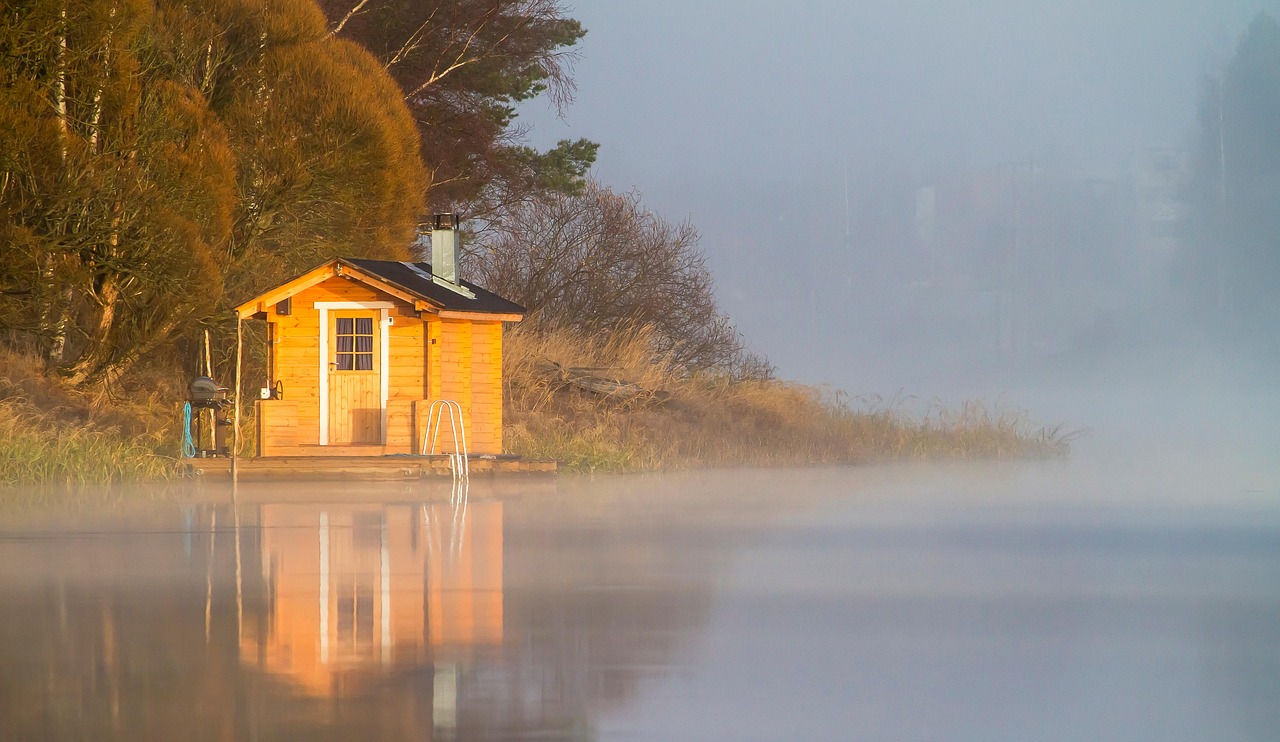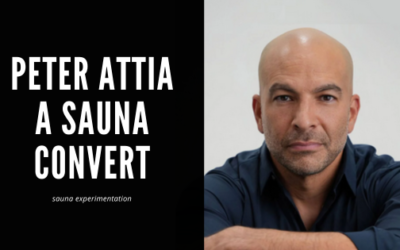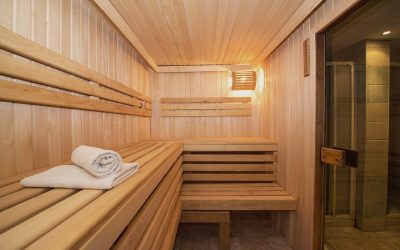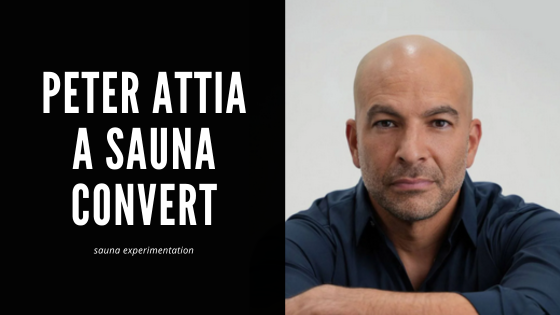The Rise of Sauna Culture in Canada
February 1, 2025

On a frigid Sunday morning in January, as temperatures plunged to minus 20 degrees Celsius, Sarah Chen stood in her snow-covered backyard wearing nothing but a bathing suit, steam rising from her skin. Moments earlier, she had been inside her barrel sauna, a cedar structure that has become her winter sanctuary and, increasingly, a gathering spot for her close friends.
“Five years ago, I would have called this crazy,” said Ms. Chen, 34, a software developer who installed the sauna during the pandemic. “Now, I can’t imagine getting through a Canadian winter without it.”
Ms. Chen is part of a growing movement across Canada that has transformed the traditional Finnish practice of sauna bathing into a distinctly Canadian phenomenon, one that blends Nordic wellness traditions with contemporary social practices and a distinctly Canadian appreciation for surviving harsh winters.
The trend has exploded beyond private backyards. In Vancouver’s trendy Gastown district, Warmth House, a modern bathhouse featuring six different types of saunas, has a three-month waiting list for memberships. Similar establishments have opened in Toronto, Montreal, and even smaller cities like Halifax and Victoria.
“What we’re seeing is not just the adoption of sauna culture, but its evolution into something uniquely Canadian,” said Dr. Marcus Thompson, a sociologist at the University of British Columbia who studies wellness trends. “It’s becoming a form of social infrastructure, particularly during our long winters.”
The numbers tell part of the story. Sauna sales in Canada have tripled since 2020, according to the Canadian Wellness Association, with particular growth in urban areas where winter social isolation has long been a concern. But beneath the statistics lies a more complex cultural shift.
For generations, Canadians have maintained a complicated relationship with their winters, often viewing the season as something to be endured rather than embraced. The growing sauna movement represents a significant departure from this mindset.
“We’re not just warming up — we’re connecting,” said Jean-Marc Bouchard, who runs a mobile sauna business in Montreal that caters to private events and public gatherings. “There’s something powerful about sweating together in minus 30 weather that breaks down barriers.”
The trend has not been without controversy. Some municipalities have grappled with updating bylaws to accommodate backyard saunas, while others have raised concerns about energy consumption. Yet proponents argue that the benefits — both physical and social — far outweigh the challenges.
At Snowbird Sauna, a year-old facility in Toronto’s west end, founders Maria Petrov and James Chen (no relation to Sarah) have created what they call a “winter social club.” Members gather not just to sweat, but to participate in poetry readings, acoustic music sessions, and discussion groups — all punctuated by trips to the sauna.
“In Finland, they say the sauna is the poor man’s pharmacy,” Ms. Petrov said. “Here, it’s becoming the frozen citizen’s town hall.”
The movement has also attracted attention from mental health professionals, who note the potential benefits of combining heat therapy with social connection during Canada’s darkest months. Several hospitals in Ontario have begun pilot programs incorporating sauna therapy into their mental health treatment protocols.
Indigenous leaders have also joined the conversation, pointing out parallels between the new sauna movement and traditional sweat lodge ceremonies. “It’s interesting to see Canadians discovering something we’ve known for generations — that ceremonial sweating can build both community and resilience,” said Elder Robert White Eagle of the Anishinaabe nation.
As winter settles over the country, the sight of steam rising from backyard saunas has become increasingly common in Canadian neighborhoods. For Sarah Chen, who now hosts weekly “sauna salons” where friends gather to sweat and socialize, the practice has transformed her relationship with Canadian winters.
“We used to hibernate,” she said, watching as another friend emerged from the sauna to make a snow angel in her backyard. “Now we congregate. Who knew that getting really hot would be the thing that finally helped us embrace the cold?”
The movement shows no signs of cooling. Industry analysts predict the Canadian sauna market will double in size by 2025, suggesting that this Nordic import may have found its true home in the Great White North.
As night fell and the temperature dropped further, Ms. Chen’s guests showed no signs of leaving. Instead, they cycled between the sauna and the snowy yard, their laughter steaming in the frozen air — a scene that’s becoming increasingly common across Canada’s winter landscape.












